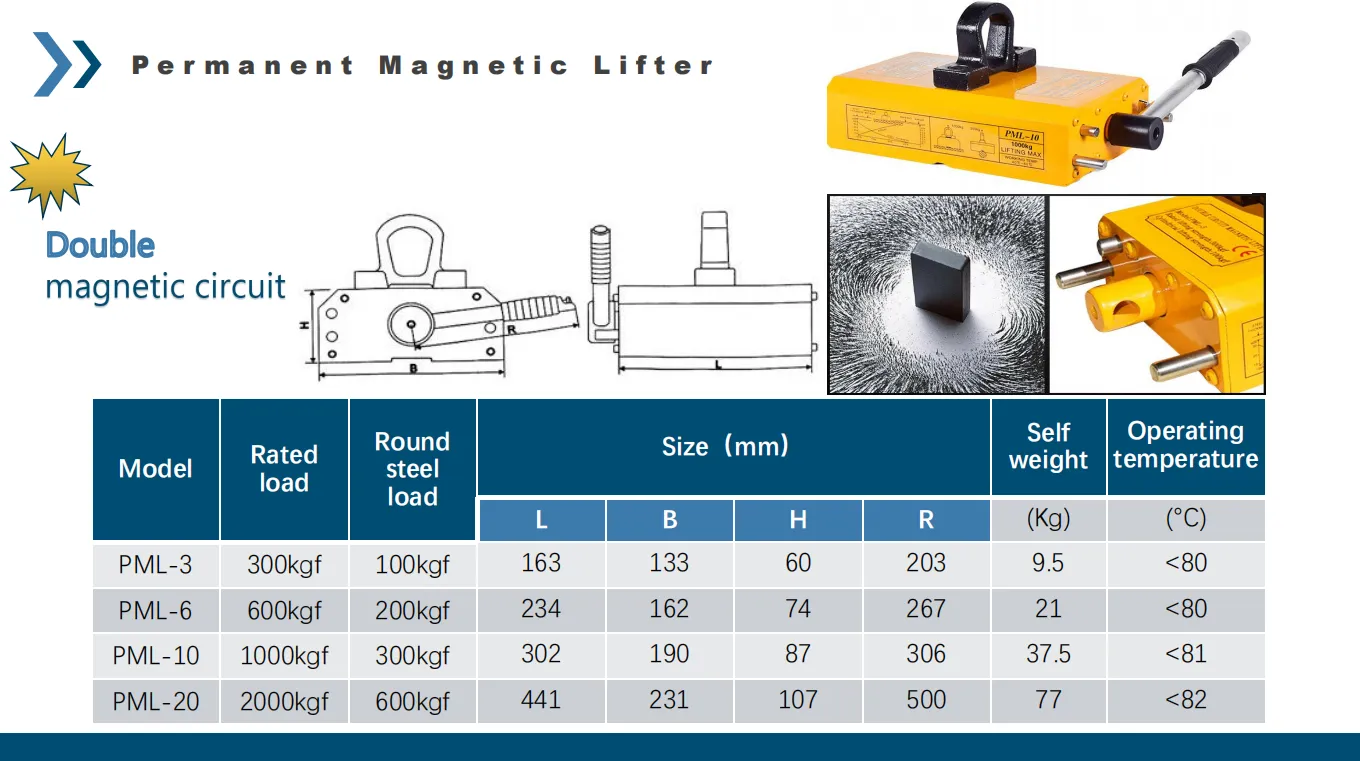portal jib crane
The Importance of Portal Jib Cranes in Modern Industry
In today's fast-paced industrial landscape, the efficiency and safety of material handling operations are paramount. Among the various lifting solutions, portal jib cranes have emerged as highly effective tools in various sectors, including construction, manufacturing, shipping, and logistics. This article explores the significance of portal jib cranes, their structure, applications, and advantages to modern industry.
Understanding Portal Jib Cranes
A portal jib crane combines features of both a jib crane and a gantry crane. Typically, it consists of a horizontal arm (or jib) mounted on a vertical pillar, which is then supported by two legs that create a structure resembling a portal. This design allows the crane to move goods horizontally along the jib while providing vertical lifting capabilities. The versatility of portal jib cranes makes them suitable for a wide range of lifting tasks, from moving heavy machinery to transporting materials across work sites.
Applications in Various Industries
Portal jib cranes are widely used in several industries. In manufacturing, they are crucial for lifting and transferring heavy components, thereby streamlining assembly processes. Factories utilize these cranes to move parts from one station to another, reducing reliance on forklifts and improving workflow efficiency.
In the construction sector, portal jib cranes play a vital role in hoisting materials, such as steel beams or concrete blocks, to elevated heights. Their ability to operate in confined spaces makes them ideal for urban construction sites where space is limited.
Moreover, in shipping and logistics, these cranes assist in loading and unloading cargo containers from trucks and ships. The mobility and reach of portal jib cranes enable them to adapt to different cargo dimensions, making them indispensable for warehousing operations.
Advantages of Portal Jib Cranes
portal jib crane

There are several advantages to using portal jib cranes that contribute to their popularity across various industries
1. Space Efficiency The compact design of portal jib cranes allows them to operate in tight spaces. This efficiency is particularly useful in manufacturing facilities and warehouses where floor space is often at a premium.
2. Versatility Portal jib cranes can handle a variety of loads with different shapes and sizes. This adaptability makes them suitable for a wide range of applications, from heavy lifting to sensitive material handling.
3. Ease of Use Many portal jib cranes are designed for simple operation, often featuring manual or electric hoists that allow for swift and efficient lifting. This user-friendly design reduces the need for extensive training, enabling workers to focus on their tasks.
4. Cost-Effectiveness Compared to larger overhead cranes, portal jib cranes are often more cost-effective and easier to install. Their lower upfront and maintenance costs make them an attractive option for small to medium-sized businesses looking to improve their material handling processes without overspending.
5. Safety Features Modern portal jib cranes come equipped with various safety features, such as overload protection and emergency stop buttons, to minimize the risk of accidents. Their stable structure reduces the likelihood of tipping or swaying during operation, ensuring a safer working environment.
Conclusion
As industries continue to evolve, the need for efficient, safe, and cost-effective lifting solutions remains vital. Portal jib cranes represent a significant advancement in material handling technology, offering versatility and reliability across diverse applications. Their compact and flexible design, combined with numerous advantages, positions them as essential equipment in the modern industrial landscape. Investing in portal jib cranes can lead to enhanced productivity and safety, underscoring their importance in the ever-competitive business world.
-
Unlock Seamless Relocation with Our Heavy Equipment Moving ExpertiseNewsJun.06,2025
-
Unleash Unrivaled Flexibility with Our Adjustable Gantry CraneNewsJun.06,2025
-
Unleash Heavy-Duty Efficiency with Our Industrial Gantry Crane SolutionsNewsJun.06,2025
-
Revolutionize Steel Handling with Our Magnetic Lifter RangeNewsJun.06,2025
-
Master Equipment Mobility with Premium Machinery Mover SolutionsNewsJun.06,2025
-
Elevate Your Material Handling with Magnetic Lifter TechnologyNewsJun.06,2025
-
YS Permanent Lifting Magnets: The Smarter Way to Handle SteelNewsMay.22,2025
